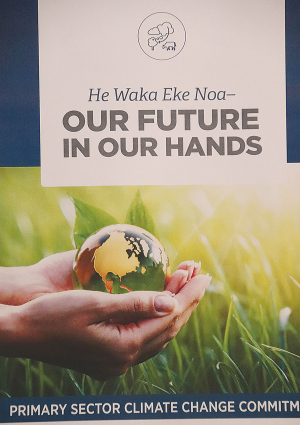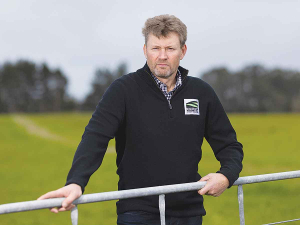OPINION: New Zealand's farming sector is often targeted by any number of different pressure groups wanting to blame it for one or other of the world’s problems.
This is not helped when merchants of doom such as Greenpeace, Fish & Game, Forest and Bird, SAFE and various politicians continue fanning the flames of discontent. They use the agriculture sector as the whipping boy for a myriad issues such as degraded freshwater, high meat and milk prices, foreign ownership sales, farming animals and now climate change.
So the development of the agri sector’s blueprint and commitment to dealing with climate change – He Waka Eke Noa (Our Future in Our Hands) is a big move for the sector. It is unprecedented to have all 11 partners in livestock, processing, horticulture and arable, Maori, apiculture and irrigation, and Federated Farmers, sign such a document.
The 14-page document outlines the sector’s collective commitment to working with the Government on the challenging issue of climate. The document is both aspirational and pragmatic.
But it also points out the obvious – which industry critics either choose to ignore or refuse to concede – that currently there are no practical actions farmers can take to meet the Government’s proposals to reduce on farm emissions.
It argues that the fastest progress towards managing NZ’s biological emissions will be by focusing on farm based technologies that reduce emissions, rather than the Government’s proposal to impose an interim processor level cost on emissions.
As National’s Todd Muller eloquently put it: “To tax the world’s most emissions efficient food producing sector, before there’s an opportunity to apply technology that hasn’t appeared yet, is nonsense.”
The document also shows the huge amount of work done by many agriculture sectors to benefit the environment. And it notes the value of competitions such as the dairy industry awards, the Ballance Farm Environment Awards and the Ahuwhenua Awards, all promoting industry role models.
The doom merchants must now note the facts and acknowledge not only the unique problems NZ’s agriculture sector has in reducing its carbon footprint, but also the huge amount of work being done to achieve this goal.
These critics may gain satisfaction in seeing NZ’s agriculture sector taxed out of existence to meet this country’s climate change obligations. But this would be a pyrrhic victory with the gap left in the market by our exiting producers filled by less carbon efficient farmers around the world.











